Photographs taken at the National Museum of the U.S. Air Force (NMUSAF) at Dayton, Ohio.












Scale Modeling and Military History
Photographs taken at the National Museum of the U.S. Air Force (NMUSAF) at Dayton, Ohio.




















































To see more Women Warriors, click on the tags below:








Part III here: https://inchhighguy.wordpress.com/2023/05/05/sword-grumman-avenger-build-in-1-72-scale-part-iii/
Wolf-Udo Ettel joined the Luftwaffe shortly after the invasion of Poland at the age of 18. After training, he was posted to 4./JG 3 on the Eastern Front and scored his first victories, a pair of IL-2 Sturmovik, on 24JUN42. Two weeks later he was himself shot down and spent four days working his way back to German lines. He continued to score steadily and had reached 120 victories when he was shot down again by flak on 11MAY43.
Ettel was then transferred to the Mediterranean Theater as Staffelkapitän of 8./JG 27. He soon opened his account against the Western Allies with victories over two Spitfires and two B-24 Liberator heavy bombers. On 17JUL43 he was shot down an killed by flak while flying a ground support mission against British troops near Catania. He was 22 years old.
The model depicts Ettel’s “Black 6” of 8. / JG27 at Brindisi, Italy, July 1943.


















Part V here: https://inchhighguy.wordpress.com/2023/09/13/douglas-c-47-r4d-skytrain-dakota-color-photographs-part-v/
The French company Panhard designed a series of armored cars in various configurations. One version mounted a 90mm gun, making it one of the most heavily armed vehicles for its size. This kit was a challenge to get together, the parts are crudely molded and required a lot of teat-fitting and filing to get them aligned. ACE has released a re-engineered version, so hopefully the new kit is easier to build.







Construction here: https://inchhighguy.wordpress.com/2023/04/14/ace-panhard-aml-90-build-in-1-72-scale/

Savoia-Marchetti S.79 Sparviero 1934-1947: From Airliner and Record-Breaker to Bomber and Torpedo-Bomber
Series: Classic Publications Number 33
By Luigino Caliaro
Hardcover in dustjacket, 276 pages, color profiles, line drawings, bibliography, and index
Published by Crecy Publications
Language: English
ISBN-10: 1-90653-759-3
ISBN-13: 978-1-90653-759-3
Dimensions: 9.2 x 1.4 x 11.4 inches
The Italian Savoia Marchetti S.79 Sparviero first flew in 1934. It was elegant and advanced for its time, setting several aviation records. It was first used in combat in Spain, and was the main Italian medium bomber type during the Second World War. It gained fame over the Mediterranean, used in the bombing role against Malta and as a torpedo bomber against Allied shipping.
Up to this point all the subjects in the Classic Publications series have been Luftwaffe aircraft, so this volume marks a departure from the paradigm. It does still maintain the high quality standards we have come to expect from the series. This is a large format book printed on glossy paper. It is lavishly illustrated with photographs, many in color. Several of these show details of construction or interior views and will be of much interest to modelers. Often these are reproduced in large spreads. In addition, there are ten pages of color profiles and nine of line drawings. The final chapter is on surviving museum examples and features large, full-color photography which is effectively a walk-around (and walk-through), the photos here are outstanding.
In between all the eye candy is the text, which covers the entire history of the type, before, during, and after the war. Derivative types are also represented, including the ungainly twin-engined version used by the Romanians and the civilian SM.83. Much of the text is devoted to the developmental history and record-setting flights before the war, as well as combat operations over Spain and during WWII.
Altogether this is a very well done book and an attractive history of the type. The Classic Publications series are generally regarded as definitive works on their subjects. They represent a great value for the money and a bargain while in print, and their prices skyrocket once out of print. If you are at all interested in the S.79 I can highly recommend this book, get it before it goes out of print!


Photographs taken at the National Museum of the U.S. Air Force (NMUSAF) at Dayton, Ohio.







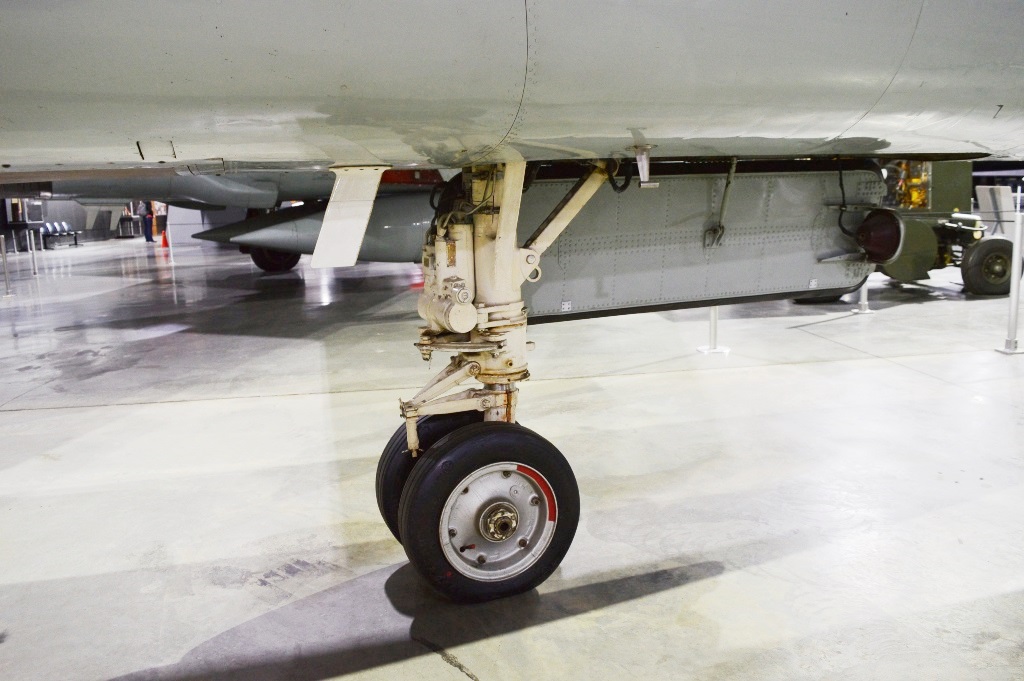












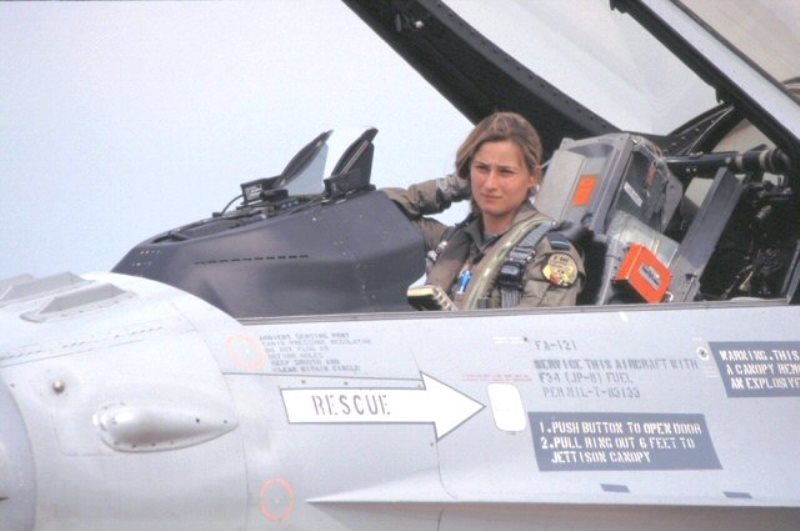



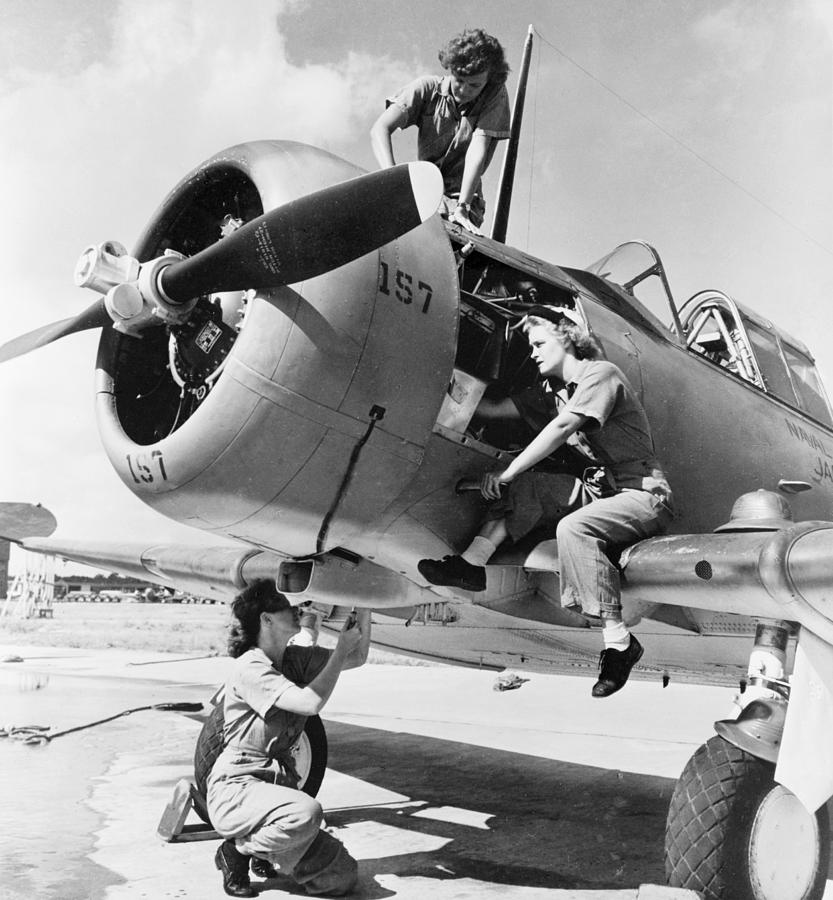
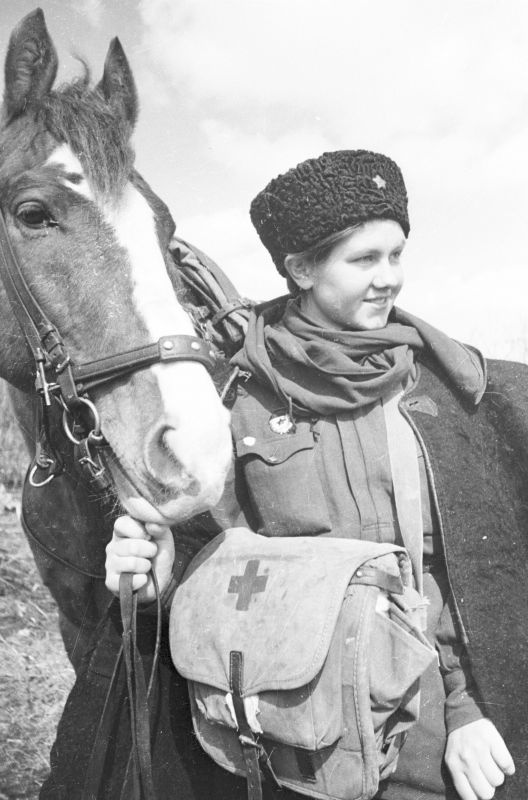

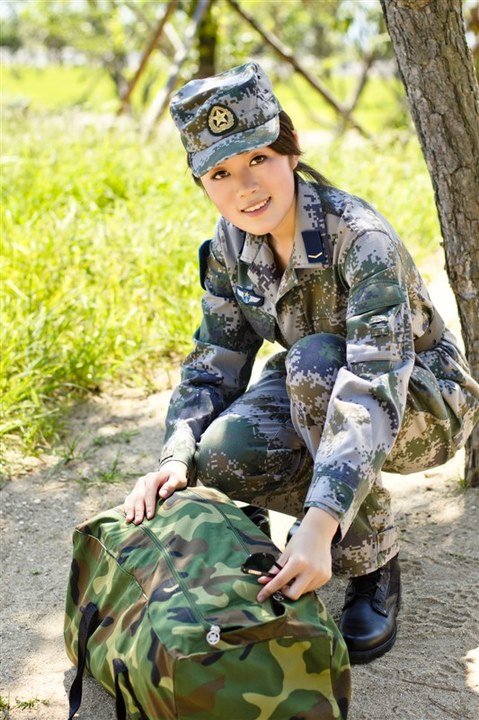










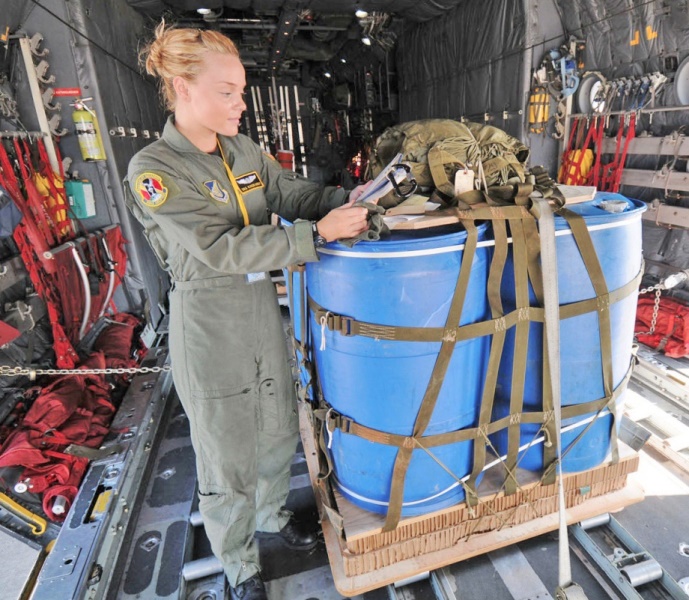





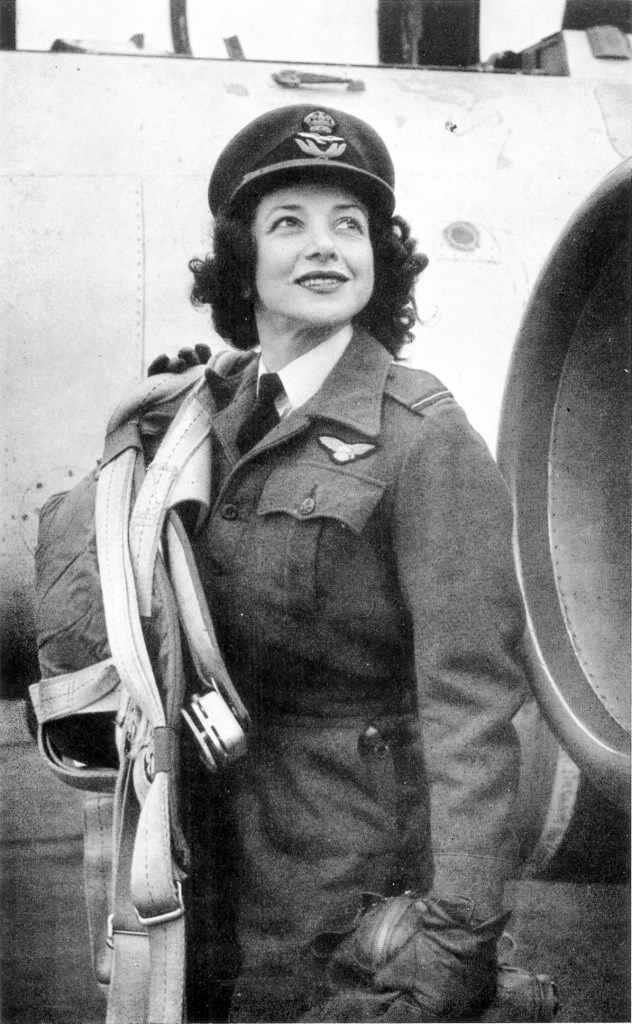

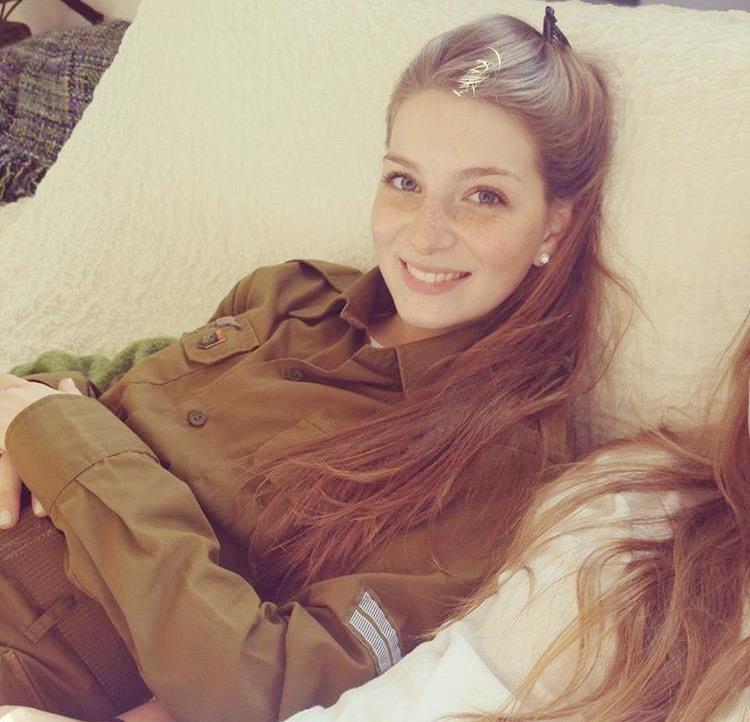








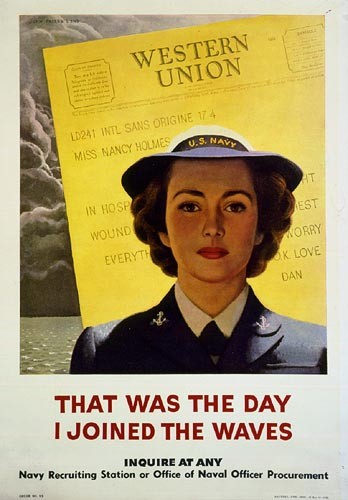
To see more Women Warriors, click on the tags below:





Part II here: https://inchhighguy.wordpress.com/2023/04/28/sword-grumman-avenger-build-in-1-72-scale-part-ii/
Scale models, where they come from, and people who make them
Scale diorama tips and ideas
Let's build, and build again even if you won't build everything you have bought
A futile fight against entropy or 'Every man should have a hobby'? Either way it is a blog on tabletop wargames, board games and megagames
World War II with Scale Models
Illustrating Stories, Painting Miniatures, Reviewing Realms.
This is my ad free non-profit blog of my research notes on military history since April 2018.
Moving with the tides of history
Building and improving scale models
WHENEVER ANY FORM OF GOVERNMENT BECOMES DESTRUCTIVE OF THESE ENDS (LIFE,LIBERTY,AND THE PURSUIT OF HAPPINESS) IT IS THE RIGHT OF THE PEOPLE TO ALTER OR ABOLISH IT, AND TO INSTITUTE A NEW GOVERNMENT― Thomas Jefferson
Let's build and build again
This WordPress.com site is Pacific War era information
Scale Modeling and Military History
The best in WWII aviation history
Scale Modeling and Military History
Scale models from the sunny side of the Alps.
Scale Modeling and Military History
Scale Modeling and Military History
Scale Modeling and Military History
Scale Modeling and Military History
Scale Modeling and Military History
Scale Modeling and Military History
Scale Modeling and Military History
A blog about Modeling and life in general